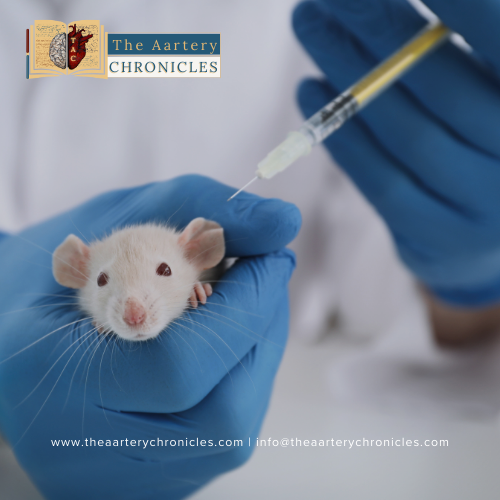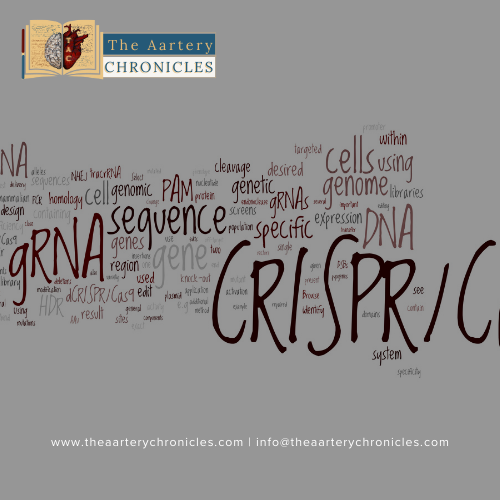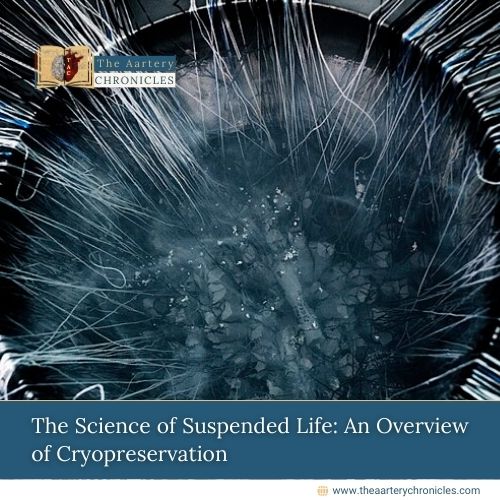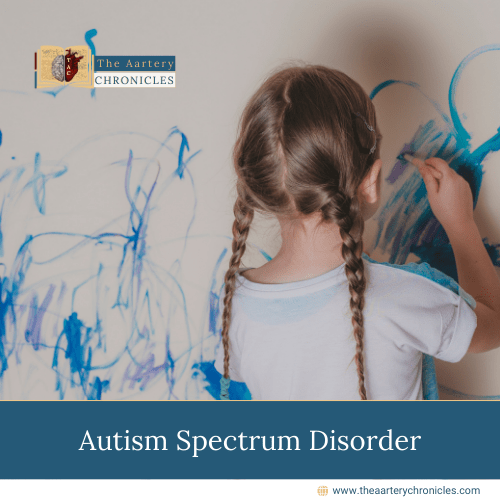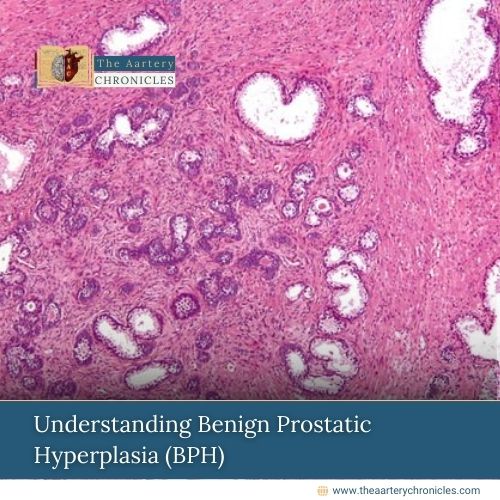
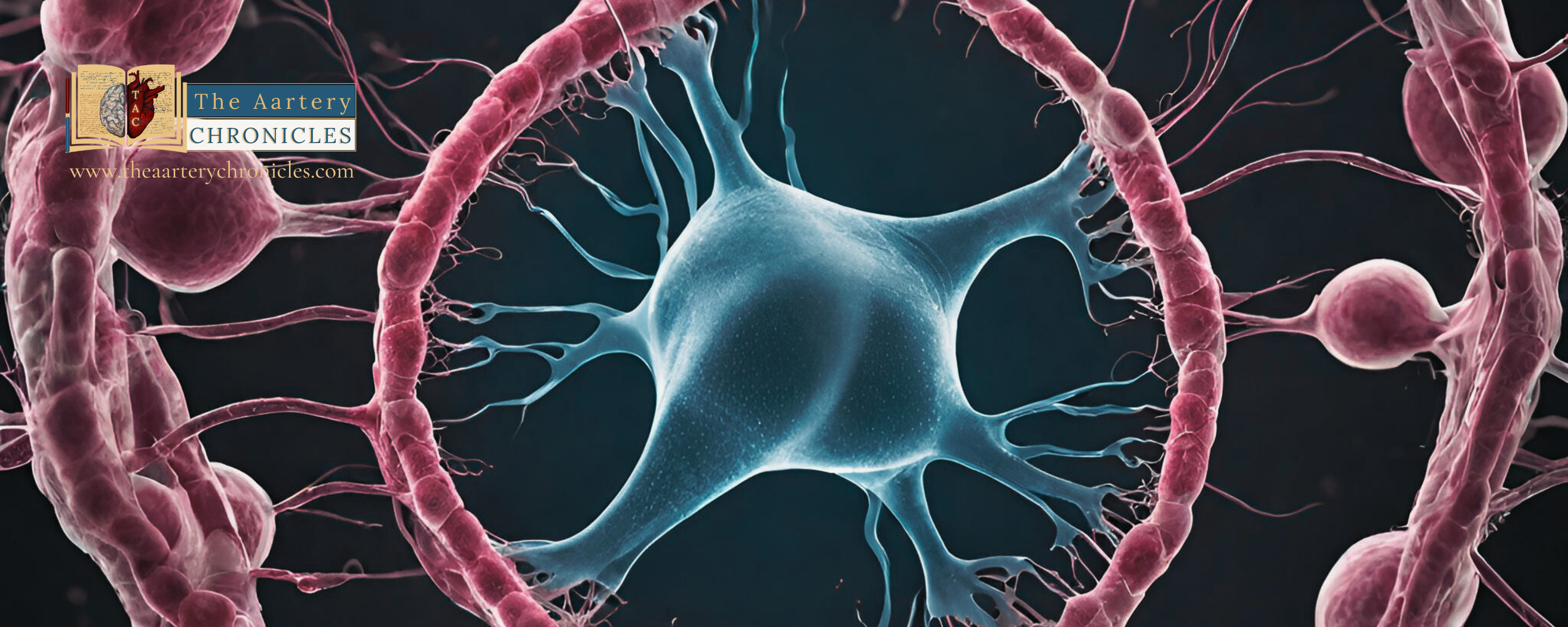
Revolutionizing Healthcare: The Promise of Regenerative Medicine
Regenerative Medicine:
Over the last few decades, advancements have been made in the field of regenerative research. This distinct discipline aims to restore the function of human organs and tissues through regeneration or replacement. Regeneration relies on the technology of stem cells and tissue engineering. Scientists have been conducting research to explore the potential of this approach for treating chronic diseases, acute injuries, and congenital malformations.
The phenomenon of regeneration is believed to be common in nature. Salamanders, for example, can regenerate their entire limb in a few days. Humans possess the same ability, but it diminishes over the years, as they can regenerate a severed fingertip up to a certain age, particularly in early childhood

History of Regenerative Medicine:
1. Skin grafting:
The historical highlights of regenerative research suggest that the origin of first tissue-based therapies were developed with skin grafting techniques. Ancient Indian Sanskrit texts from around 2500-3000 BCE describe how they used skin grafts to reconstruct mutilated noses. Later some techniques were developed that helped to preserve tissues and cells. The 1970s and early 1980s marked a significant turning point in tissue engineering. During this period, researchers and scientists made significant progress in developing tissue-engineered products. These products included artificial skin substitutes and grafts that could be used for various medical applications.
2. Idea of regeneration:
The idea of regeneration has fascinated scientists and researchers for centuries. Abraham Trembley's work with hydra and earthworms in the 18th century marked one of the earliest attempts to understand the regenerative abilities of certain organisms. Trembley's experiments with hydra, a tiny aquatic creature, showed that when a hydra's head was removed, it could regrow a new head, a phenomenon that sparked curiosity and further research. Throughout the 20th century and beyond, scientists continued to explore and uncover the regenerative abilities of various organisms. This research has revealed that many organisms, including certain species of amphibians, planarians, and starfish, possess remarkable regenerative capabilities. Some can regrow entire limbs, organs, or even their entire bodies under certain conditions.
3. Artificial organs and the term ‘regenerative medicine’:
Leland Kaiser in his paper used the term ‘regenerative medicine’ for the first time and William Haseltine in the year 1999 coined the term ‘regenerative medicine’ during the conference. The elucidation of the term regenerative medicine has been considered to be the blend of subjects such as cell transplantation, biology of stem cells, tissue engineering, biochemistry, etc. The concept of creating artificial organs has a long history, dating back to the 1930s when Alexis Carrel and Charles Lindbergh developed an artificial perfusion pump. This early work laid the foundation for future advancements in the field of artificial organs, particularly in areas like artificial hearts and other organ replacements.
4.Stem cells:
The discovery of stem cells in the 1960s was a revolutionary breakthrough in the field of regenerative medicine. This fascinating discovery revealed that these cells have the remarkable ability to differentiate into different cell types and have the potential to regenerate damaged or diseased tissues. This breakthrough opened the gates to numerous potentials in the treatment of various diseases and injuries.
5. Regenerative medicine and legends:
In an Indian epic Ramayana, the herb Sanjeevani is used to revive Lakshmana after he sustains severe injuries during the war. The myth of Prometheus depicts the complete regeneration of a liver overnight, after being eaten by an eagle. While these accounts may not align with our modern scientific understanding of regenerative medicine, they do offer a glimpse into the historical belief in the power of regeneration and the desire for miraculous healing.
6.Gene therapy, Biofabrications, and Biomaterials:
During the 1990s, gene therapy received a major interest. It involves introducing therapeutic genes into a patient's cells to stimulate tissue regeneration and repair, making it a potential treatment for genetic disorders and challenging diseases. This field has shown great promise in providing innovative solutions for conditions previously considered incurable. In recent years, the integration of regenerative medicine and techniques of fabrications and biomaterials has shown promising potential. Advanced technologies like 3D printing have enabled the creation of biocompatible materials for various applications, including prosthetics, implants, and even the fabrication of entire artificial organs. These techniques offer a new dimension to regenerative medicine by providing tailored solutions for patients, improving the success of transplantations, and offering more options for those in need of tissue or organ replacement.
Applications and prospects of regenerative medicine:
There has been a captivating transition of regenerative medicine from experimental research to clinical applications. Today, numerous fatal diseases such as cardiovascular, bone defects, burn injuries, neurodegenerative disorders and more can be treated.
Organ Transplantation:
Regenerative medicine, including tissue engineering and organoid development, has the potential to repair damaged organs and even generate lab-grown tissues and organs. This technology has the potential to address the shortage of organ donors and revolutionize transplantation procedures. Bioengineered organs, however, are still in the experimental stage and face several challenges before becoming widely available.
Development of novel drugs and disease modelling:
Integration of stem cells and regenerative medicine can be used to create disease models in the laboratory to better understand diseases and their mechanisms. This approach would help test potential treatments and accelerate the process of drug discovery and treatment therapies.
Precision Medicine and Antiaging:
With the utilization of the patient’s own cells treatment therapies can be tailored to meet specific needs and decrease the risk of side effects and rejection. This will revolutionize the field of personalized medicine. Regenerative medicine can help slow down ageing and extend human lifespan. The development of interventions that help rejuvenate tissues and cells is highly possible with the help of regenerative medicine.
Wound healing and regeneration of skin:
Research in regenerative medicine has led to the development of advanced biomaterials and dressings for wound healing. Additionally, there is ongoing work in regenerating skin tissues for the treatment of chronic wounds and burn injuries, which is a significant advancement in the field.
Conclusion
The interdisciplinary and complex field of regenerative medicine holds immense importance for promising future studies. Researchers are rapidly advancing in regenerative medicine, which is much needed and has the potential to significantly impact the quality of human life and health economics. Regenerative medical treatments, such as gene therapy, cell therapy, and tissue engineering, may usher in a new era of healthcare
- Jain A, Bansal R. Applications of regenerative medicine in organ transplantation. Journal of Pharmacy & bioallied sciences. 2015 Jul;7(3):188.
- Potdar PD, Jethmalani YD. Human dental pulp stem cells: Applications in future regenerative medicine. World journal of stem cells. 2015 Jun 6;7(5):839
- Sampogna G, Guraya SY, Forgione A. Regenerative medicine: Historical roots and potential strategies in modern medicine. Journal of Microscopy and Ultrastructure. 2015 Sep 1;3(3):101-7.
- Jacques E, Suuronen EJ. The progression of regenerative medicine and its impact on therapy translation. Clinical and Translational Science. 2020 May;13(3):440-50.
- Khunger N, Kathuria SD, Ramesh V. Tissue grafts in vitiligo surgery–past, present, and future. Indian journal of dermatology. 2009 Apr;54(2):150.
- Berthiaume F, Maguire TJ, Yarmush ML. Tissue engineering and regenerative medicine: history, progress, and challenges. Annual review of chemical and biomolecular engineering. 2011 Jul 15;2:403-30.
- Hosseinkhani H, Domb AJ, Sharifzadeh G, Nahum V. Gene therapy for regenerative medicine. Pharmaceutics. 2023 Mar 6;15(3):856.
- Edgar L, Pu T, Porter B, Aziz JM, La Pointe C, Asthana A, Orlando G. Regenerative medicine, organ bioengineering and transplantation. Journal of British Surgery. 2020 Jun;107(7):793-800.
- Dieckmann C, Renner R, Milkova L, Simon JC. Regenerative medicine in dermatology: biomaterials, tissue engineering, stem cells, gene transfer and beyond. Experimental dermatology. 2010 Aug;19(8):697-706.
- Orlando G, Wood KJ, Stratta RJ, Yoo JJ, Atala A, Soker S. Regenerative medicine and organ transplantation: past, present, and future. Transplantation. 2011 Jun 27;91(12):1310-7.

Author: Ms Sanika Pande
- Medicine and Diseases
- Nutrition and Diet
- Biotechnology






